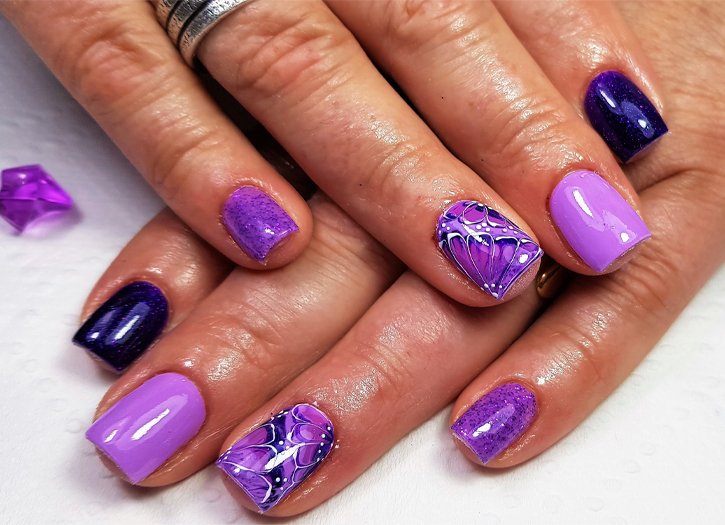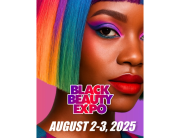Artificial nails, also known as fake nails, false nails, fashion nails, acrylic nails, nail extensions or nail enhancements, are extensions placed over fingernails as fashion accessories.
Some artificial nail designs attempt to mimic the appearance of real fingernails as closely as possible, while others may deliberately stray in favor of an artistic look. Unlike most manicures, artificial nails require regular upkeep; it is recommended that they are attended to, on average, every two weeks, however they may last up to about one month.
Artificial nails are an extension, not a replacement, of natural nails. There are two main approaches to creating artificial nails—tips and forms: tips are lightweight “nail”-shaped plastic plates glued on the end of the natural nail;forms are shaped sheets with a sticky edge that is effectively wrapped around the entirety of the nail.Atop these, either acrylic, hard gel, or any combination of both may be applied. Tips are available in many different designs, ranging from solid colors like gel or regular nail polish to graphic designs such as animal prints and metallic colors. Artificial nails can be shaped, cut, and filed into a variety of shapes, including square, squared oval/”squoval”, rounded, almond, ballerina/coffin, or stiletto.
If fitted properly, artificial nails are usually not problematic. However, long term use and poorly fitted nails can seriously damage the nail bed and hamper natural nail growth. The most common problem associated with artificial nails is a fungal infection that may develop between the false and natural nail.When artificial nails are applied to the natural nail surface, minor types of trauma to the artificial nails which can happen from something as harmless as scraping a nail against a firm surface can cause separation of the nail from its nail bed. This allows bacteria and fungus to potentially enter the separated area setting up an infection. Many hospitals and healthcare facilities don’t allow employees to have long fingernails, fake or real, due to the risk of said nails harboring microbes that could transmit diseases to patients. Infection can also be a risk when nails are applied by a disreputable nail salon that doesn’t follow sanitary practices.
From an occupational health standpoint, there could be hazards to nail salon workers who are exposed to the chemical fumes from artificial nails during their entire work shift. Ethyl methacrylate can be used for artificial nails and can cause contact dermatitis, asthma, and allergies in the eyes and nose. Nail salon workers also face exposure to other chemicals used, such as toluene, dibutyl phthalate, and formaldehyde. The products used to make acrylic nails may also be flammable. Exposure to methyl methacrylate (the precursor to acrylic glass) can cause drowsiness, light-headedness, and trembling of the hands, and so it has been banned for use in cosmetology in the majority of US states. Some signs that a nail salon is still using MMA might be prices that are significantly lower than most other nail salons.







Add Comment
You must be logged in to post a comment.